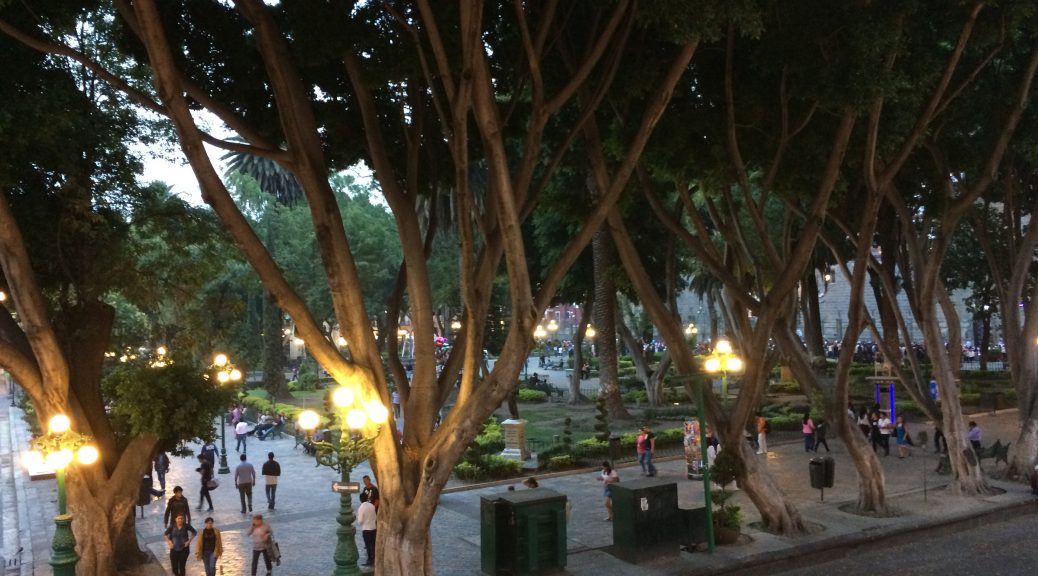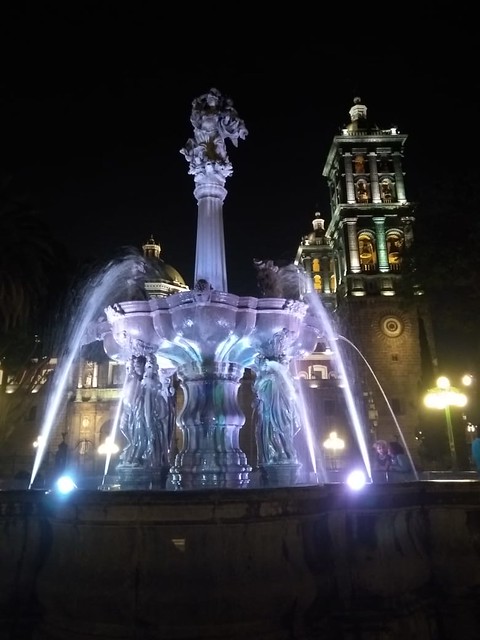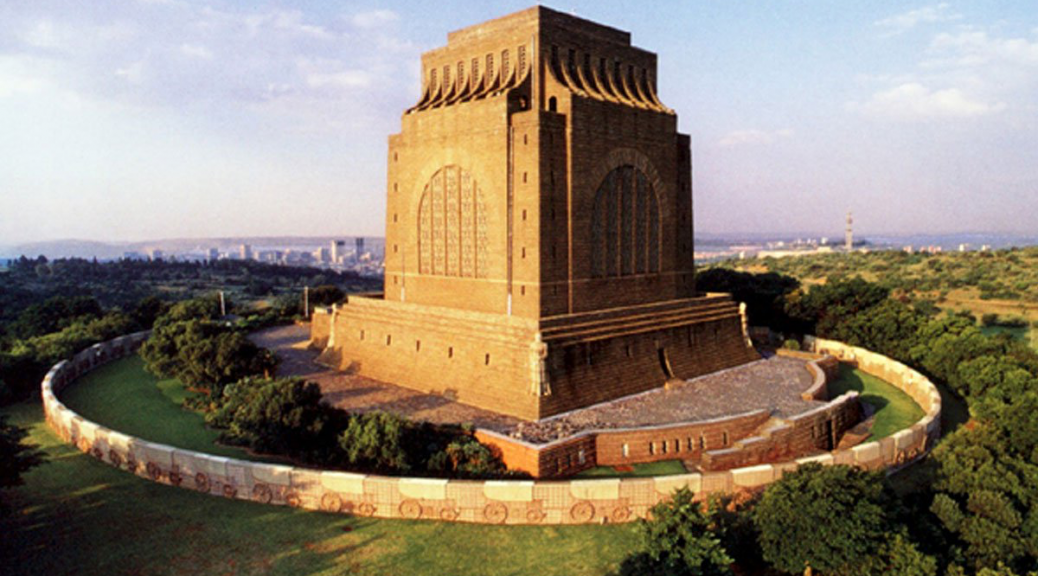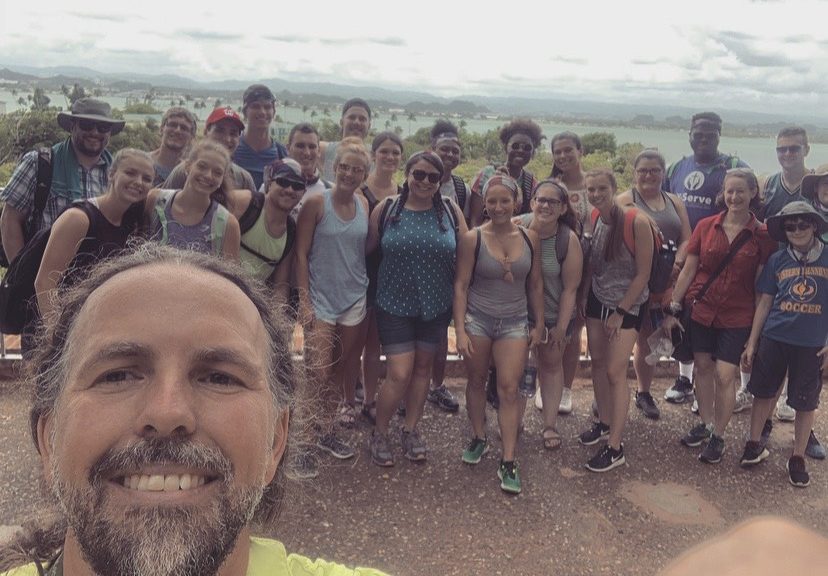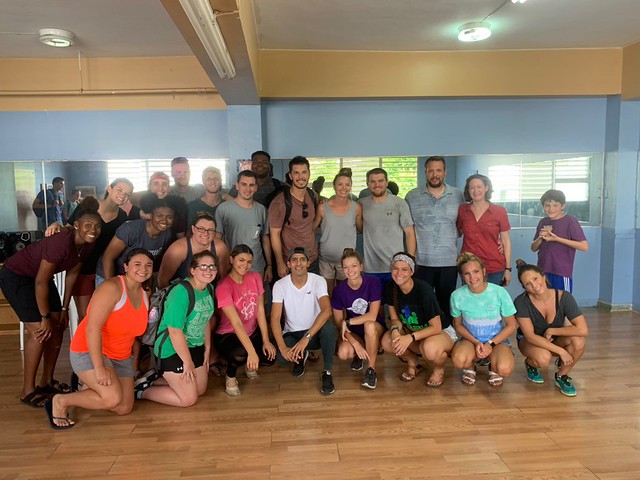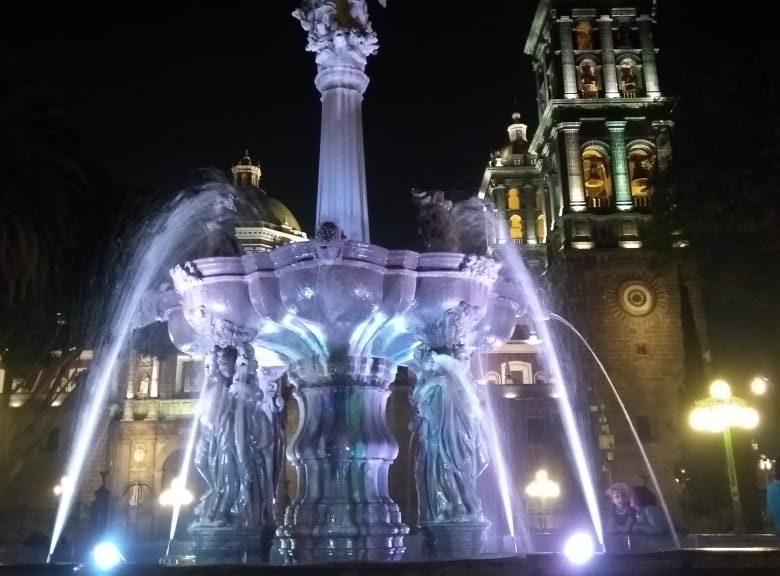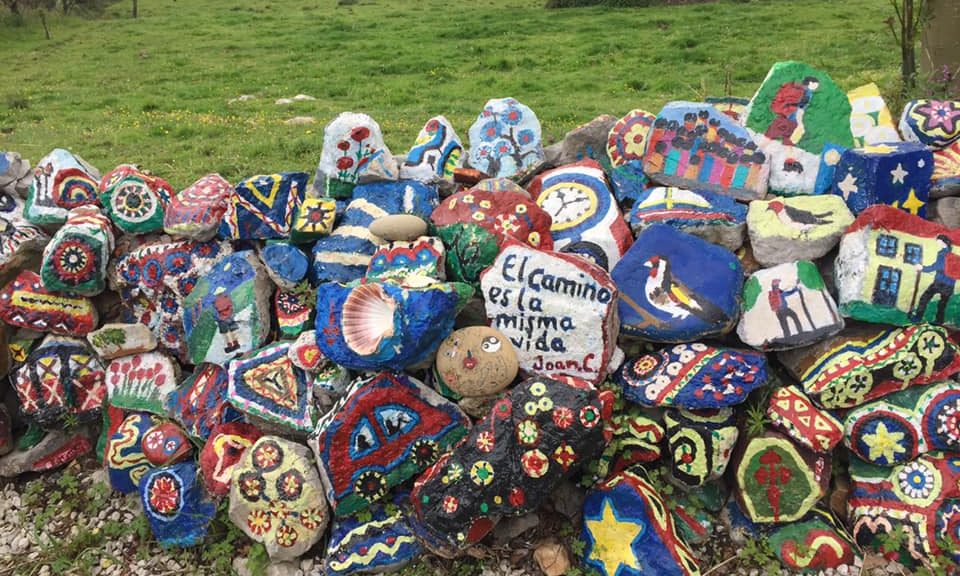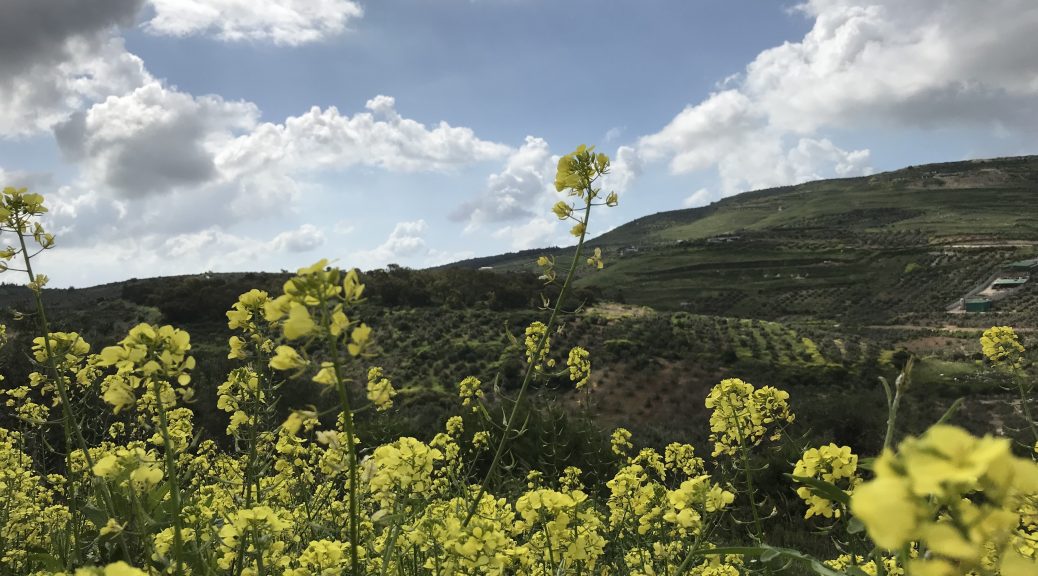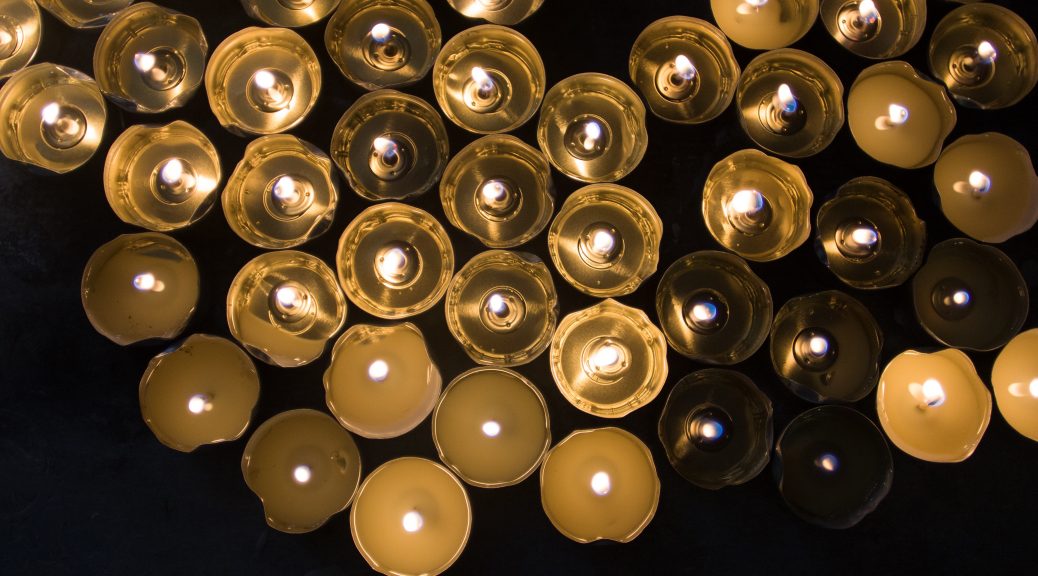Mexico: Puebla
May 16, 2019
I have had so much fun attending Spanish classes at the Spanish Institute. My teacher makes class very fun and I really enjoy going. She has taught us many useful words and phrases that can be used during our time here in Mexico. She taught us how to order … Continue Reading ››
